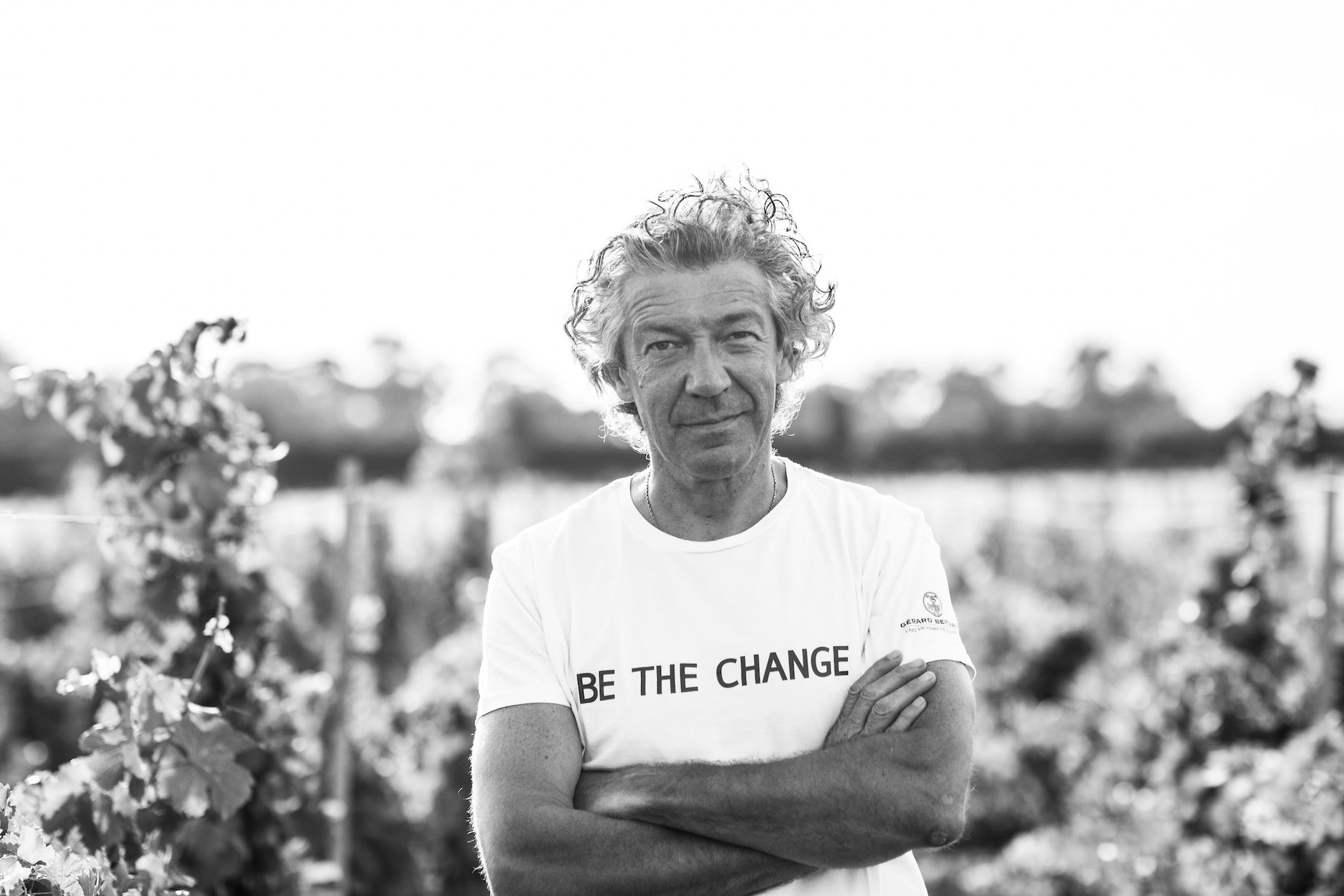Few names in French winemaking are as well known, and as commercially successful, as Gérard Bertrand, famously a rugby player before he took over his father’s estates. But, unlike his peers from more highly regarded Bordeaux or Burgundy, Bertrand build his success and his company in a region that few took seriously – Languedoc-Roussillon as it was then known.
The region was regarded as a source of bulk wine with any attempts at excellence overshadowed by its sheer size – with over 220,000 hectares planted, Languedoc and Roussillon is by far and away the largest wine region in France and some 75,000 hectares larger than all of Australia’s wine regions combined.
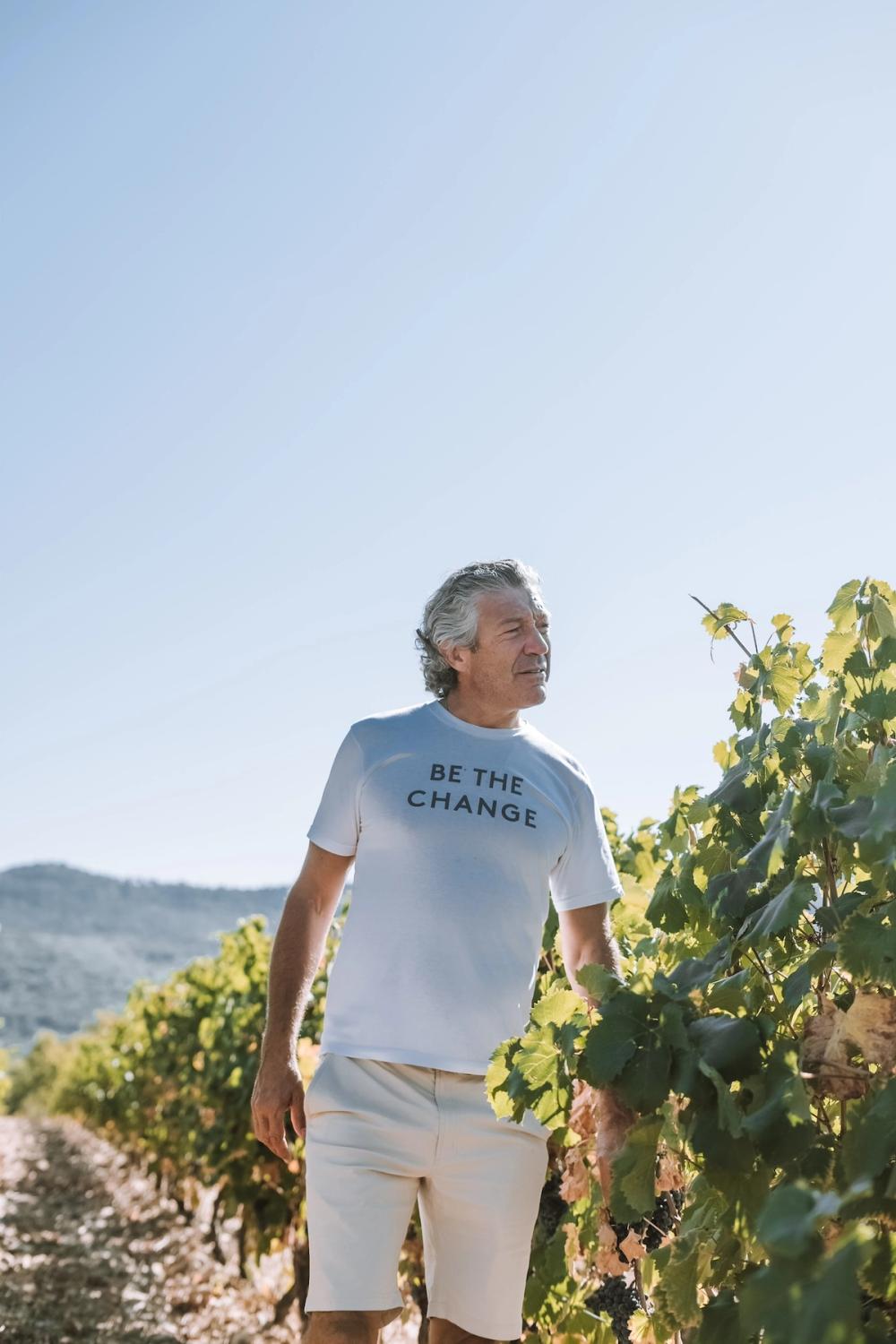
Gérard Bertrand: "As climate awareness grows, the industry will likely see increased emphasis on organic, biodynamic, and eco-conscious winemaking."
Yet, as Bertrand built up his own wine empire, he was able to help transform the image and prospects of Languedoc wine as a whole, and one of the most high-profile figures in introducing organic, biodynamic and sustainable winemaking in the region and encouraging others to follow.
He also does not shy away from producing eclectic and unusual wines, notably orange wines which he has introduced at entry, mid and premium level, with Villa Soleilla, made at his award-winning hotel and winery Château L’Hospitalet and now one of the highest regarded in his portfolio.
And it continues… Trouble, a range of cloudy unfiltered and unfined wines and Le ChouChou, a light, easy drinking wine best served chilled (and a riposte to those who say Languedoc reds are too heavy and alcoholic) which were both launched this year at Vinexpo Paris.
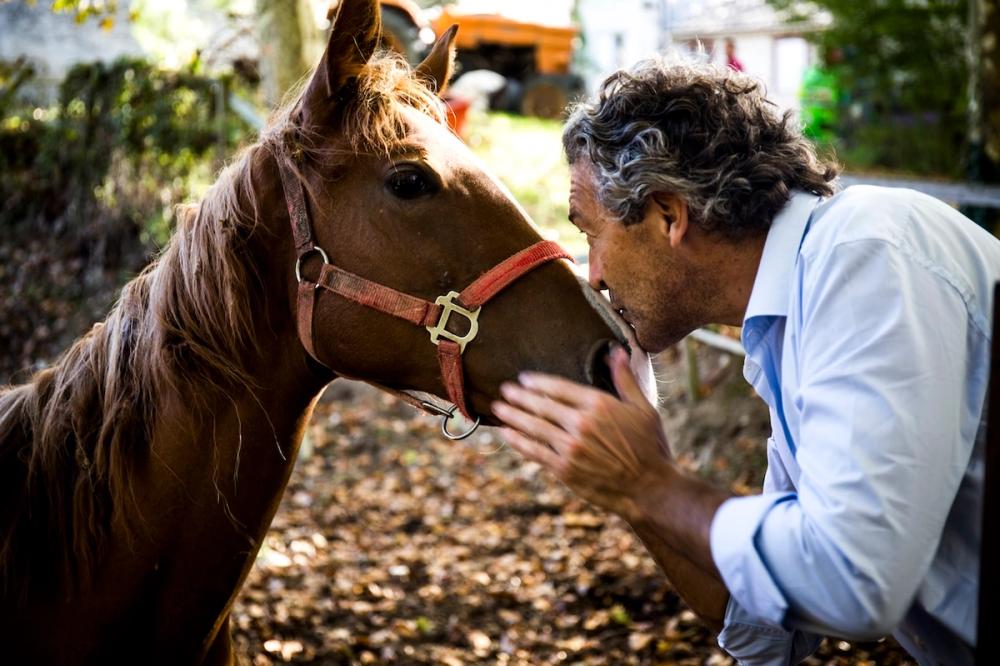
"Implementing eco-friendly initiatives are paramount."
Justin Keay: Next year it will be 50 years since your very first harvest, with your father. What do you feel have been the biggest changes in winemaking over this time? How different is the wine industry today, from then?
Gérard Bertrand: The wine industry has seen a remarkable shift towards sustainable practices, particularly in organic viticulture. Today, the industry emphasises eco-consciousness, reflecting a collective commitment to preserving our planet while crafting exceptional wines. Languedoc and Roussillon is already the largest producer of organic wines, and I encourage the winegrowers to continue down this path by sealing long term partnerships with them.
Today, you make wine from no fewer than 17 estates. Which for you are the most important of these, in terms of their connection to your broader strategy, and why?
I am deeply connected to all my estates. Château de Villemajou, of course, is the cradle of the family, where it all began. It embodies everything I inherited from my father, Georges Bertrand – his precision, his exigency, and above all, his passion.
Domaine de Cigalus symbolises our commitment to biodiversity and biodynamics. It was the first estate where we experimented with and converted to biodynamic practices way back in 2002.
Château l’Hospitalet stands as a premier destination for wine tourism in the Mediterranean, symbolising our dedication to celebrating the Art of Living and bridging the gap between our great wines, gastronomy, art, and lovers of meaningful connections.
Finally, Clos d’Ora and Clos du Temple represent our pursuit of excellence and our wish to reveal the quintessence of exceptional terroirs in southern France, crafting exceptional wines that resonate with nature's essence.
You have served as an important ambassador for the Languedoc region in the past few years. Do you feel it is getting the international respect it deserves, compared to other wine regions?
Languedoc and Roussillon succeeded in building a reputation of premium quality wines during the last decade, as numerous international ratings and awards can testify - Robert Parker, Wine Spectator, Decanter or Jancis Robinson to mention just a few. Nowadays, Languedoc ranks as a premium and super premium wine region on many markets, as it is the case with our wines, and has become an exciting place for gastronomic tourism and wine tourism.
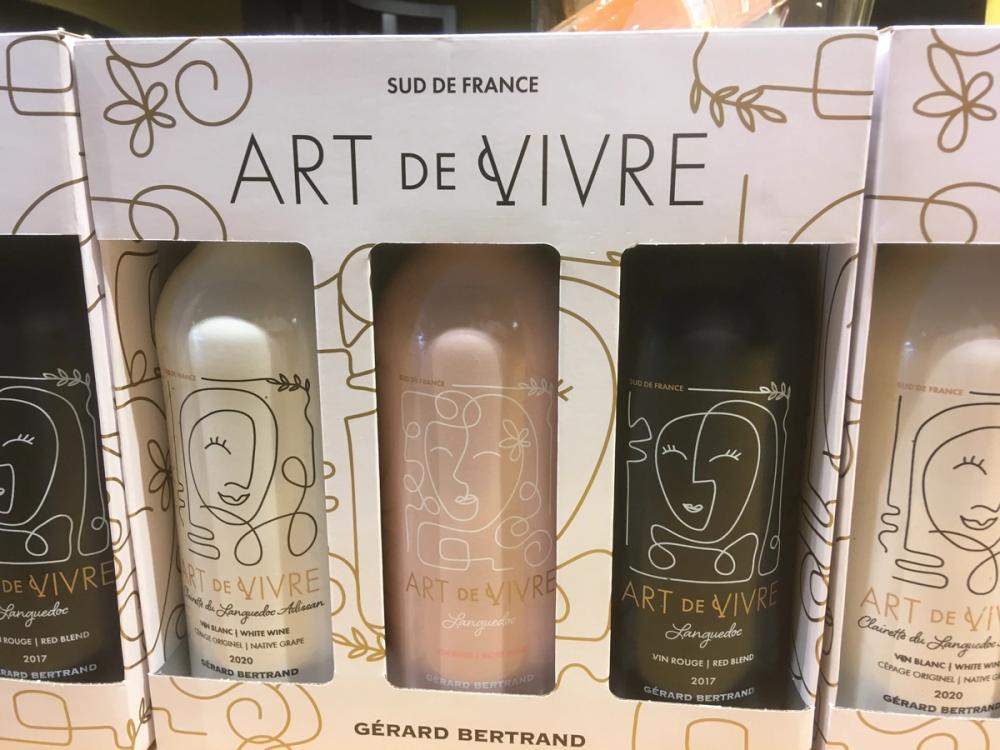
Last year, southern France experienced its hottest ever summer. How concerned are you about the impact of climate change on your business and how is it changing the way you do things?
The escalating impact of climate change deeply concerns us. The scorching summer reinforced the urgency of sustainable practices. We've intensified efforts in vineyard management, employing innovative techniques to adapt to changing climates. Embracing drought-resistant grape varieties, optimising irrigation, and implementing eco-friendly initiatives are paramount. Our commitment to organic and biodynamic farming not only mitigates climate risks but also ensures the continuity of our business, fostering resilience against environmental challenges.
When you made your Villa Soleilla, your avowed intention was to make a wine that tasted like nothing else. Do you feel you’ve achieved this? What’s been the response to this wine?
Yes, Villa Soleilla was crafted with a vision to be unique, we crafted it with special attention to the blending and the ageing methods. The vines are cultivated biodynamically. A careful selection of the six best parcels of Roussanne, Viognier and Vermentino of Villa Soleilla. Harvest started at good maturity, each parcel is vinified separately with the utmost attention to detail and daily care at each stage. The grapes are vatted in whole bunches to complete their carbonic maceration in vats with temperature regulated between 21°C and 25°C for the right balance of tannins, acidity and aromas.
Then comes the pressing. At this stage we distinguish the run juice, which is put in different French oak barrels with a nuanced choice of oak from the Allier, Vosges, with blond toast. They will then complete their fermentation by affirming their tannic aspect. The press juice is put in clay amphorae, glass amphorae, and ovoid bi-material tanks (stainless steel and wood). The juices evolve here toward silkiness, roundness, and some fat.
With the three grape varieties, coming from six parcels, with four methods of maturation of the juices of run and press, the blending is carried out on a fruit day, respecting the biodynamic calendar. With Villa Soleilla the details matter. Each step, each container has its importance and its impact on the aromatic palette of the wine.
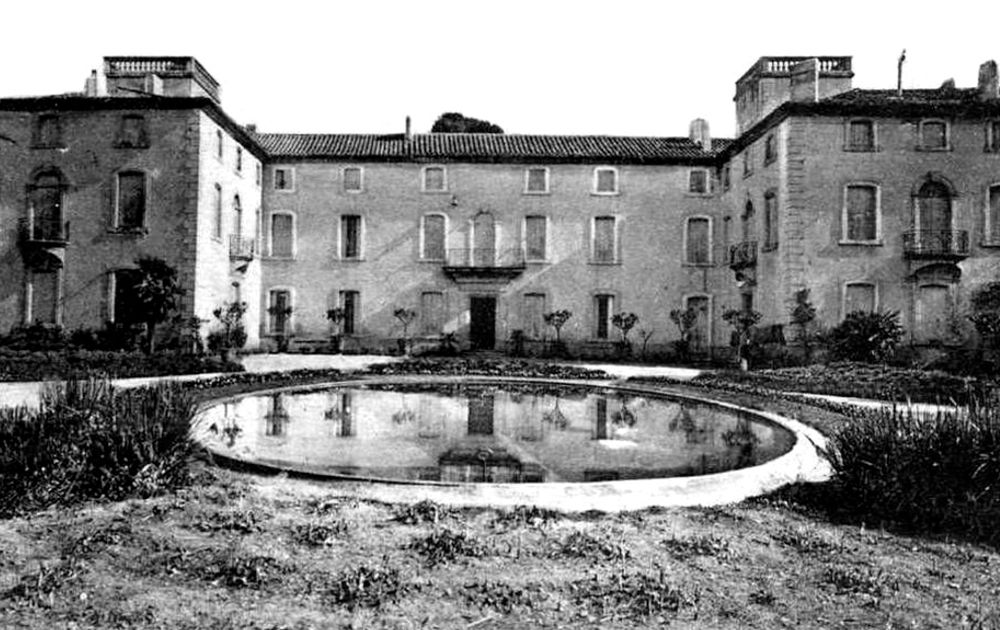
Exciting new project: Château de Celeyran
Could you say something about your work at Château de Celeyran which you bought six years ago? How’s it going? What’s your vision for the estate, both in terms of wine and highlighting/restoring the Château’s culture and history?
Identified on maps and inhabited since Roman times, and at one time residence to Julius Caesar during his campaigns in Narbonnaise (Narbonne was then Rome's ‘first daughter’ and capital of a vast province called Narbonensis), the site of Château de Celeyran is one of the most beautiful properties in Languedoc-Roussillon.
From Charlemagne to the 21st century, illustrious owners have succeeded one another for twenty years. In the 19th century, it belonged to the family of Toulouse-Lautrec's mother, the painter spending many vacations here and creating numerous magnificent paintings between 1880 and 1882. In 2018, we purchased the property, envisioning an ambitious project to establish a biodynamic polyculture farm and welcome visitors to immerse themselves in farm life.
The offerings include hotel stays, farm-to-table dining, and on-site sales of farm products. The initial phase involves developing agricultural land for viticulture, market gardening, orchards, and livestock farming, complemented by on-site processing of products: wine, grains, fruits, vegetables, bread, cheeses, honey... The second phase will encompass public facilities, including a hotel, restaurant, sales spaces, and venues for professional and cultural events.
How do you see the future of wine? Demand for rosé and white wine in France and elsewhere is now outstripping that for red, and the trend for red wine generally doesn’t look good. What changes - in demand but also in what wine producers are doing - do you predict going forward?
The future of wine is evolving as preferences shift. Rosé and white wines are gaining momentum globally, overtaking red wine demand. To adapt, producers are embracing innovation, exploring diverse grape varieties, and enhancing sustainable practices.
Consumer education will also play a key role, fostering an appreciation for the rich spectrum of wines available.
We’re seeing a growing consumer interest in orange wines too. Wine lovers are curious about traditions and more open than ever to new tasting experiences. With orange wines, they discover a new taste of wine and get inspired by wine and food pairing opportunities!
Another significant growth potential that I see is the sparkling wine category. Global demand is consistently on the rise. Consumers increasingly value the festive experience associated with sparkling wines, not only for celebrations but also for more casual occasions. Diversification of product ranges, innovation in production processes, and a growing demand in emerging markets contribute to making sparkling wines a dynamic and promising segment in the wine industry.
Finally, as climate awareness grows, the industry will likely see increased emphasis on organic, biodynamic, and eco-conscious winemaking, ensuring a vibrant, environmentally friendly future for wine.
Five of the best from GB

Chateau L’Hospitalet La Clape Grand Vin Rouge 2022
Currently on the 2022, this is Bertrand’s standard-bearer, a full-bodied blend of Syrah, Grenache and Mourvèdre from the estate near Narbonne, made in the appellation which takes its name from the massif overlooking the estate. Rich and seductive, with lots of dark berry fruit, this also has great ageing capacity, as has its white counterpart, made from Vermentino, Bourboulenc, Viognier and Rousanne, with a delicious, summery melon and peach character. You can’t understand Bertrand without ‘getting’ La Clape.
Clos d’Ora 2019 Minervois La Livinière
For readers of this site Clos d’Ora needs no introduction – just 15,990 bottles of the 2019 were made and, although this has at least 20 years ahead of it (worth considering if you’ve just spent £200 on a bottle), it’s already showing well, with coffee, chocolate, liquorice and dark cherry flavours showing on the broad palate. The Syrah, Grenache and Mourvèdre that makes up the wine are grown in an historic, nine-hectare dry-stone walled vineyard in the commune of La Livinière. Hefty 15.5% abv alcohol is well concealed by careful oak ageing, great minerality and balance.
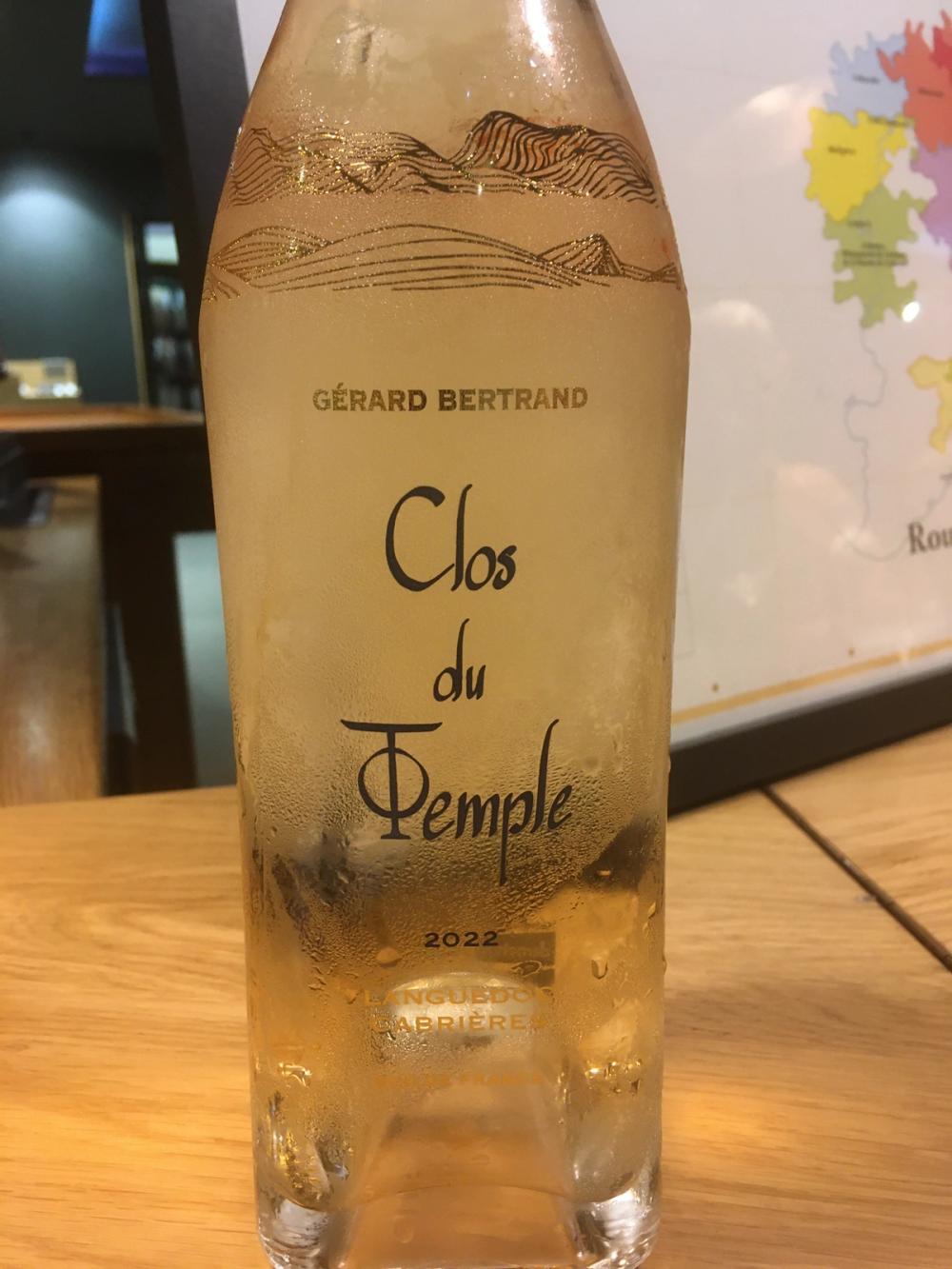
Clos de Temple Rosé, Languedoc Cabrières 2022
Saddled with the moniker of ‘world’s most expensive rose’ (currently around £170 a bottle) this great wine comes from the same grapes as La Clape, plus Cinsault, and is made in small quantities – now around 30,000 against just 7000 in the inaugural 2018 vintage – in a tiny, ancient vineyard. The 2021 vintage, which I tasted last year, is quite delicious and the 2022 – released last summer – is also fine but to my palate the oak needed settling down. A must for any rosé lover, frankly any wine lover.
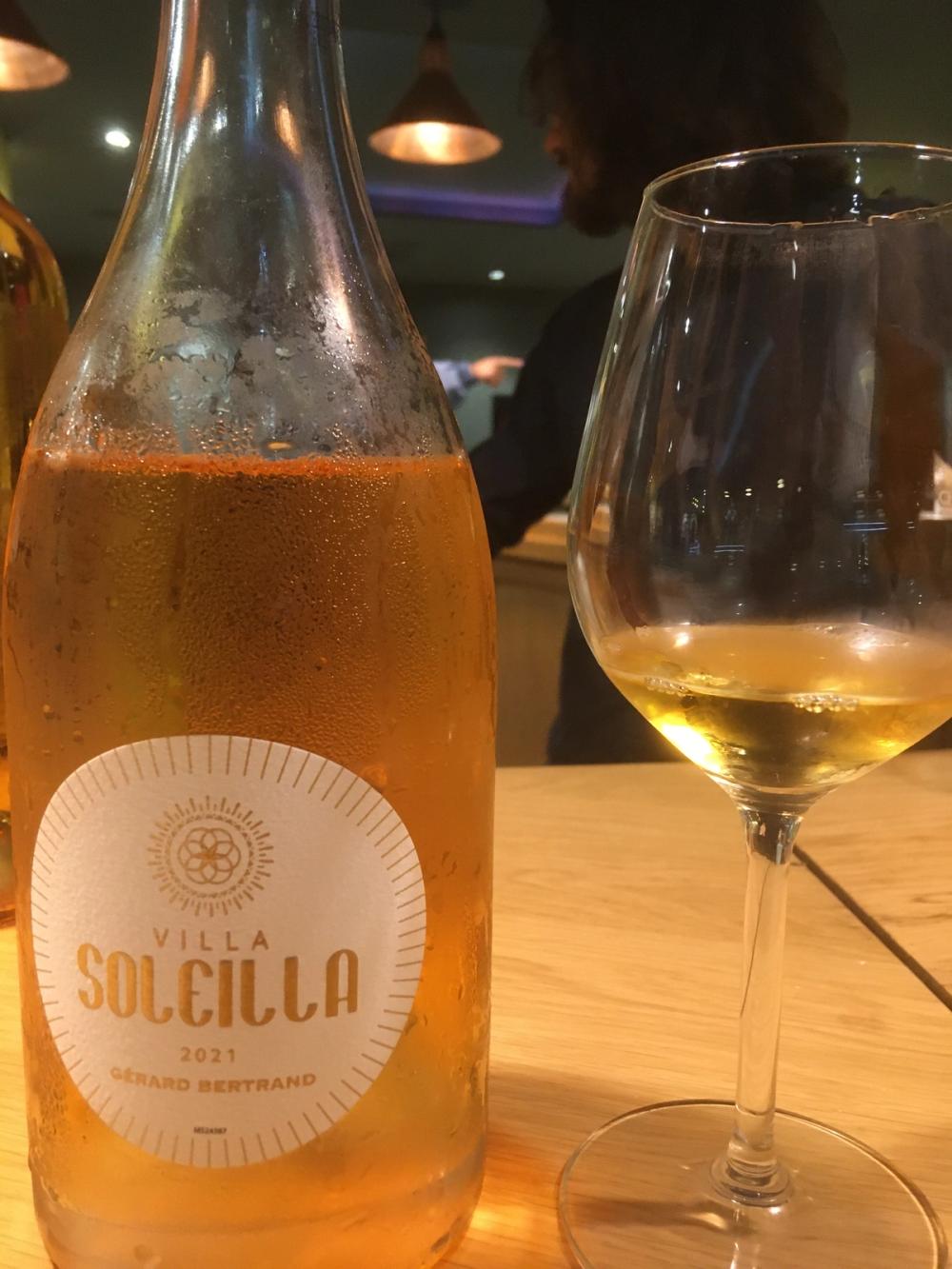
Villa Soleilla 2021
If you make the world’s most expensive pink wine, it’s just a hop, skip and a jump to making the world’s most pricey orange wine, and at around £175, Villa Soleilla – launched in early 2022 - is just that. The 2021 vintage is an absolute cracker, made from Vermentino (Rolle), Roussanne and Viognier left on the skins before putting into oak. For those whose budget doesn’t quite stretch this far, Orange Gold – a moreish blend of six local and international varieties presented in an unusual-shaped bottle and launched the same day as Soleilla – is a delicious, apricot and marmalade flavoured aperitif alternative.
La Villa White Château La Sauvageonne 2021
A wonderfully aromatic white made from Vermentino, Grenache Blanc, Viognier and Roussanne in another premium offering, this one retailing around £40 a bottle. Peach, apricot, linden flower and a touch of vanilla from the light oaking make this a complex but moreish wine, but again not shy, with around 15% abv alcohol.
